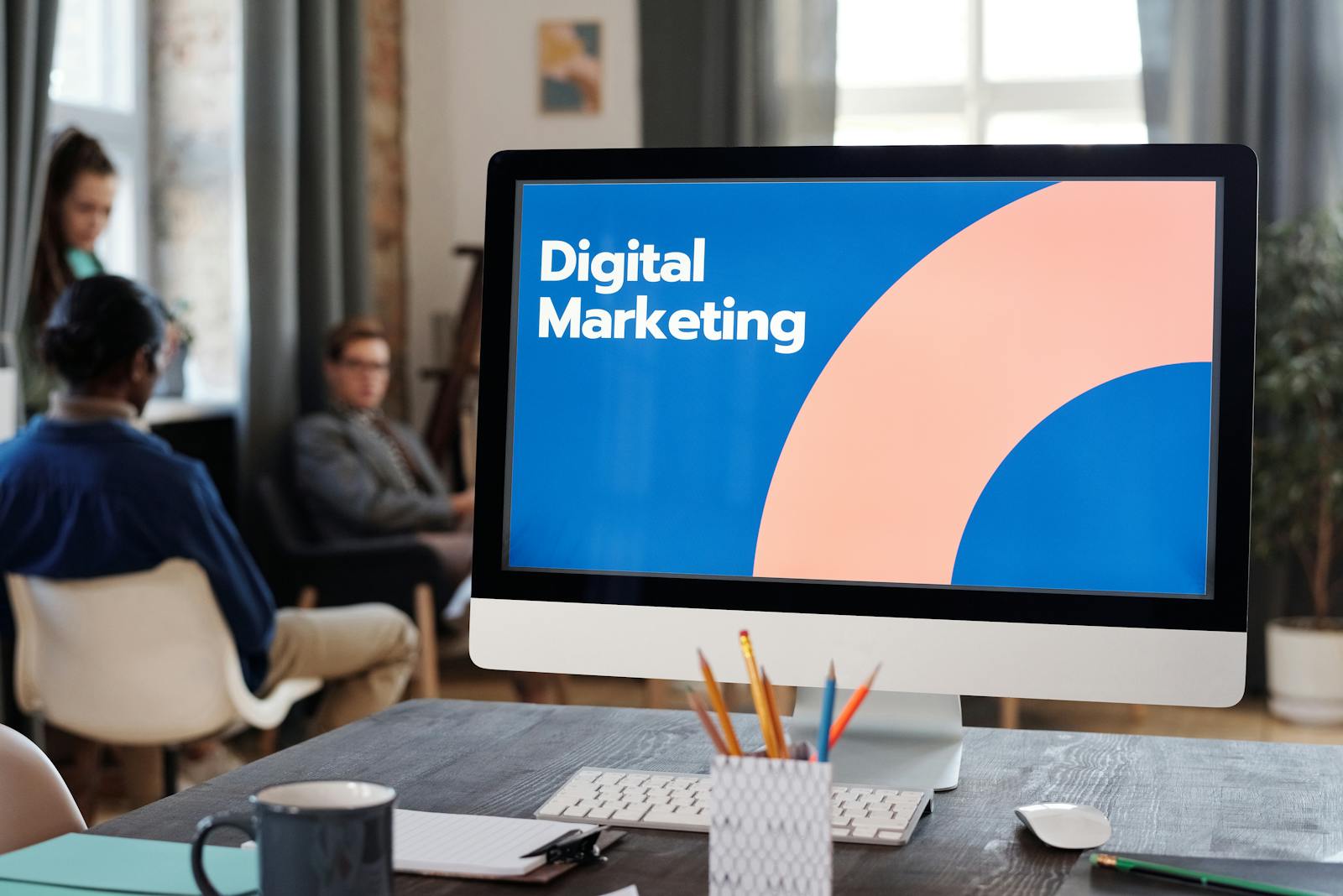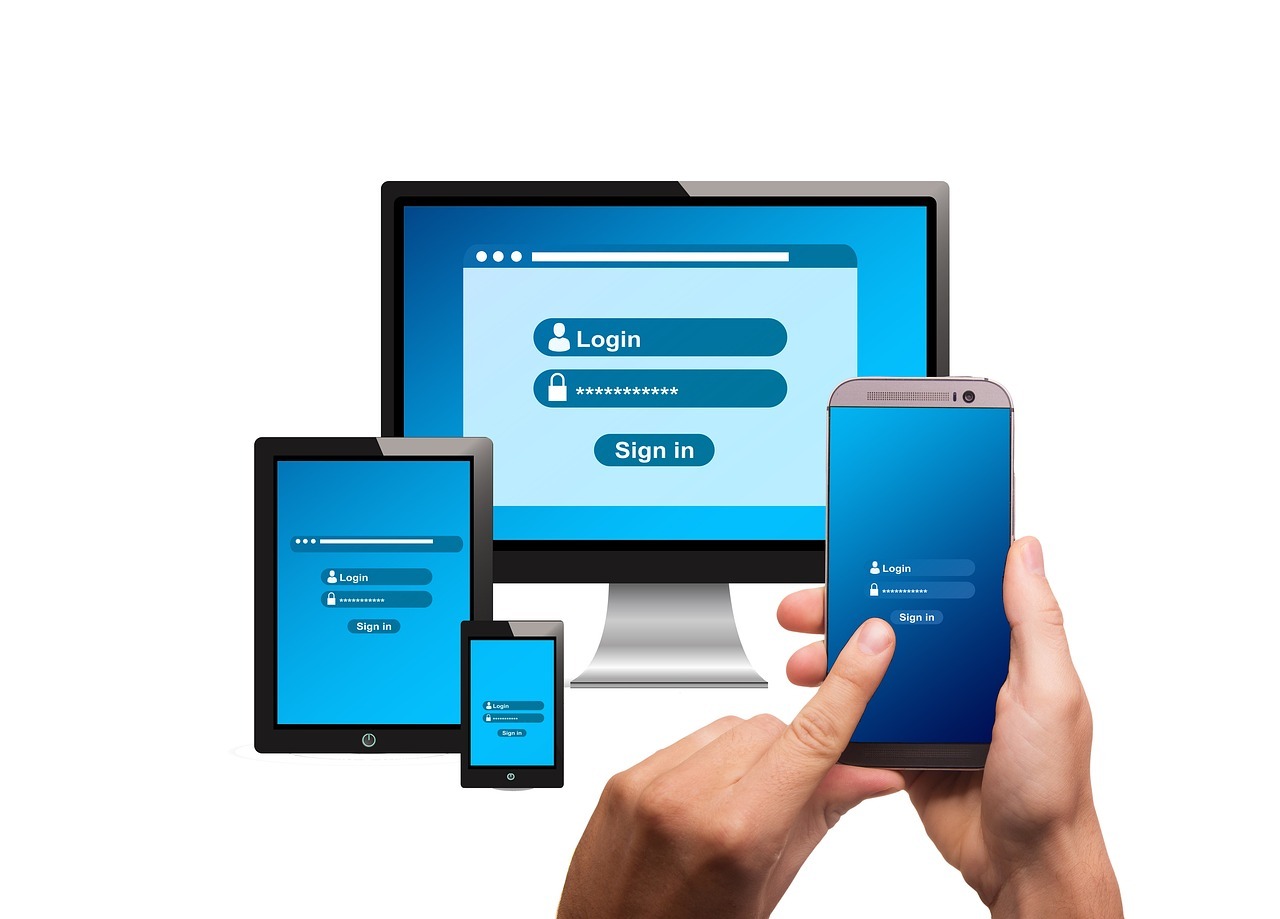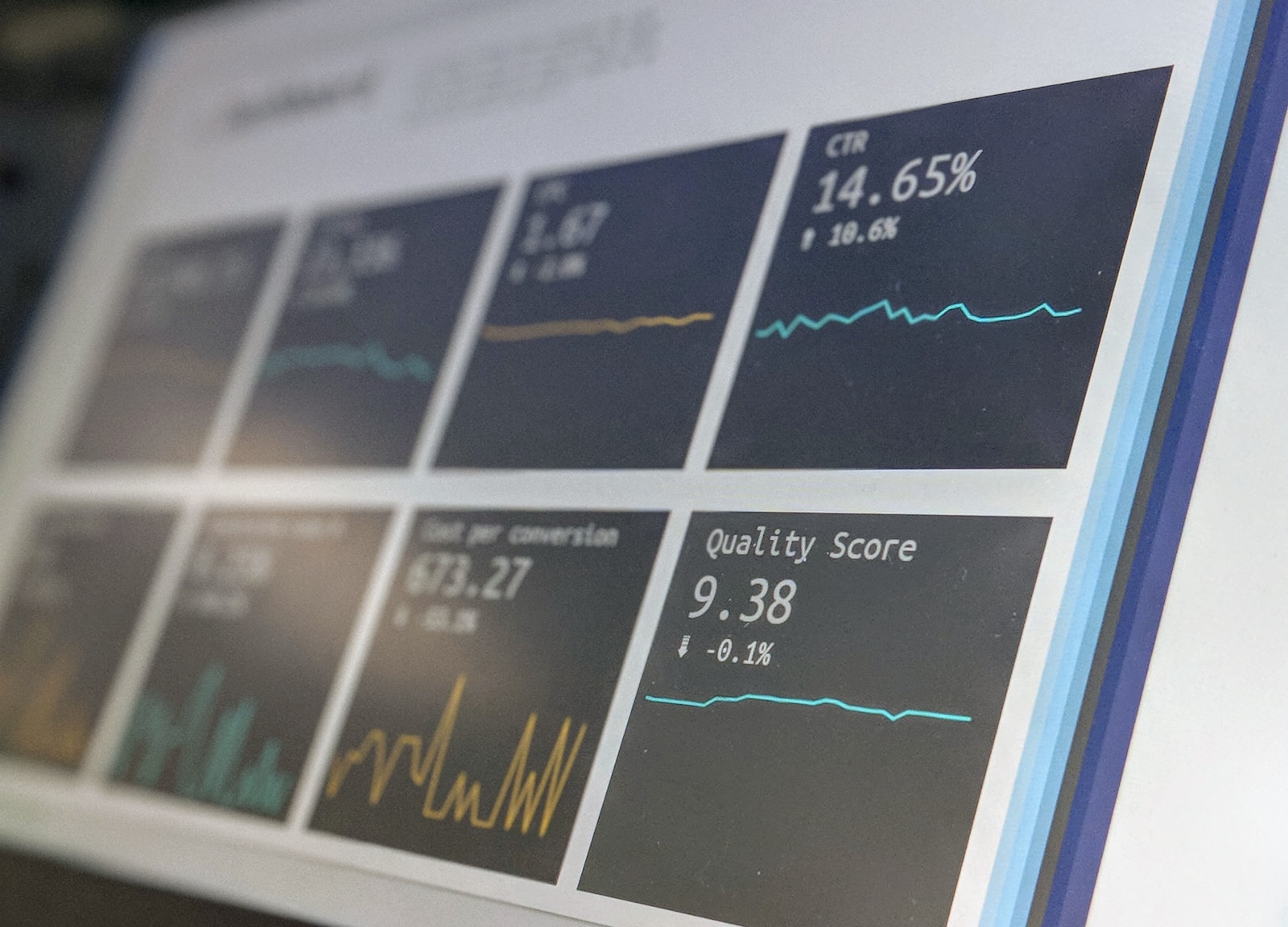Google Online Digital Marketing Boca: 10 Must-Know Strategies
Google Online Digital Marketing Boca: 10 Must-Know Strategies 1. Create a Customer Persona 2. Identify Your Goals 3. Focus on Content 4. Evaluate Existing Digital Marketing Channels 5. Explore and Implement Automations 6. Nail Mobile Optimization 7. Make It Easy for Customers to Reach You 8. Use the Right Technology 9. Confirm Your Differentiators 10. Track Your Process and Progress Summary Frequently Asked Questions How important is it to create a customer persona for digital marketing? What are the key benefits of implementing automations in digital marketing? Why is mobile optimization essential for digital marketing success? How does tracking process and progress contribute to effective digital marketing strategies? What role does technology play in optimizing digital marketing efforts? Looking to boost your online presence with a Google ad campaign and expand your business reach? Dive into the world of digital marketing with our comprehensive guide tailored for businesses in Boca. From leveraging Google Ads campaign to optimizing SEO strategies, we’ve got you covered with expert insights and actionable tips. In this listicle, discover the top Google tools and techniques for maximizing your online visibility and driving traffic to your website. Uncover the power of social media advertising, harness the potential of local search optimization, and learn how to craft compelling content that resonates with your target audience. Scroll down for reviews of our top picks! 1. Create a Customer Persona Researching people’s demographics, behaviors, and preferences is crucial for understanding your target audience. By analyzing data such as age, location, income level, and interests, you can gain valuable insights into the characteristics of people. Developing fictional characters representing your ideal customers allows you to personalize marketing strategies. For instance, if you’re targeting young adults interested in sustainable living, create a persona named “Eco-Friendly Emily” who embodies these traits. This approach helps tailor content and messaging to resonate with specific consumer segments. Utilize surveys and interviews to gather firsthand insights from your target audience. Engaging directly with consumers provides authentic perspectives on their needs and pain points. It enables you to identify patterns or commonalities among different individuals within your client base. 2. Identify Your Goals Defining specific, measurable, achievable, relevant, and time-bound objectives is crucial for a successful digital marketing strategy. By setting clear goals, you can effectively track the progress of your campaigns and make data-driven decisions. Aligning your goals with business growth and customer engagement ensures that your digital marketing efforts are directly contributing to the overall success of your organization. For instance, if one of your business goals is to increase sales by 15% within the next quarter, aligning this with a digital marketing goal to generate leads through targeted online advertising can provide a direct path toward achieving this objective. Prioritizing goals based on their impact on your digital marketing strategy allows you to allocate resources efficiently. This means focusing more effort on high-impact objectives that will significantly drive results for your business. 3. Focus on Content Producing high-quality, valuable content is the cornerstone of any successful digital marketing strategy. By creating content that resonates with your audience, you can establish authority in your industry and drive organic traffic to your website. Utilizing various formats such as blogs, videos, infographics, and podcasts allows you to cater to different preferences within your target audience. For instance, some individuals may prefer consuming information through visual mediums like videos or infographics rather than written articles. Implementing an editorial calendar for consistent content creation is essential for maintaining a steady stream of engaging material. This approach ensures that you stay organized and on track with your content production efforts. It helps in planning out the distribution of various types of content across different platforms. 4. Evaluate Existing Digital Marketing Channels When assessing the performance of current digital marketing channels such as social media, email marketing, and SEO, it’s crucial to delve into specific metrics. Look at engagement rates, click-through rates, conversion rates, and the generation of organic traffic for each channel. By doing so, you can gain a comprehensive understanding of their individual effectiveness. Identifying the strengths and weaknesses of each channel is essential for optimizing your digital marketing strategy. For instance, while social media may excel in building brand awareness and fostering customer engagement through online reviews or campaigns, email marketing might be more effective in driving conversions due to its personalized approach. Determining which channels are most effective in reaching your target audience involves analyzing demographic data and user behavior patterns across different platforms. This analysis ensures that your efforts are focused on the channels where your audience is most active and responsive. 5. Explore and Implement Automations Researching automation tools can revolutionize your digital marketing strategy, especially for tasks like email campaigns and social media scheduling. By implementing these tools, you can streamline repetitive processes, saving valuable time and resources that can be redirected to other critical aspects of your marketing efforts. Automation not only increases efficiency but also ensures consistent delivery of content to your target audience. For instance, automated email campaigns allow you to schedule personalized messages based on customer behavior or demographics without the need for manual intervention. Furthermore, automating social media scheduling enables you to maintain a consistent online presence across various platforms while tailoring posts to specific times when your audience is most active. This consistency helps build brand recognition and keeps your followers engaged with relevant content. It’s crucial to note that despite utilizing automation tools, maintaining a personalized touch is paramount. Customers appreciate feeling valued as individuals rather than just another recipient of mass-generated content. Therefore, it’s essential to use analytics data from these tools to tailor communications according to individual preferences whenever possible. 6. Nail Mobile Optimization Optimizing your website for mobile devices is crucial in today’s digital landscape. To ensure a seamless user experience, it’s essential to prioritize mobile optimization. Responsive design is key; it allows your website to adapt to various screen sizes, providing an optimal viewing experience for users across different devices. Testing loading speed










